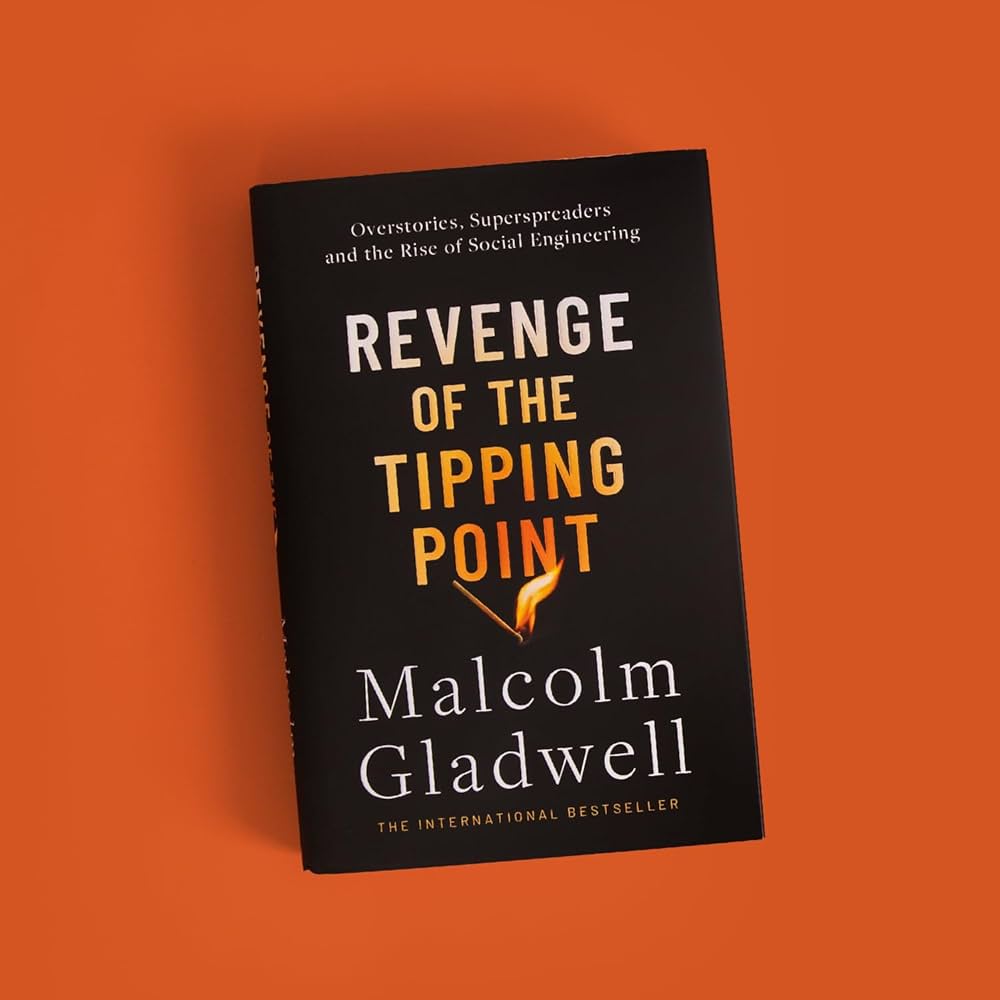Introduction: The Passive Voice “Has also been associated…”
byIntroduction presents a virtual hearing held amid a global pandemic, where politicians question three witnesses about the ongoing crisis. The Chairwoman opens the session by demanding an apology from Witness #1, who appears visibly flustered and struggles to address the widespread pain affecting the American public. While she expresses anger toward the law-breaking actions of others, she does not acknowledge her role in the crisis, insisting that her past decisions were justified based on the information available to her at the time. This creates a tense atmosphere where accountability is questioned, but the responsibility remains avoided. The witness’s reluctance to take ownership exemplifies the avoidance of blame often seen in situations of crisis management, especially when the stakes are high.
Witness #2, who is also related to Witness #1, mirrors similar sentiments and further distances himself from full accountability. He subtly shifts the blame to external factors and follows his cousin’s example by evading responsibility for their roles in the crisis. Both individuals seem well-prepared with talking points designed to protect themselves, showcasing a clear sense of self-preservation. The evasive responses underline a common strategy used by individuals and organizations under scrutiny: deflecting blame while maintaining a sense of detachment from the harm caused. This denial of culpability is not only indicative of personal evasion but also reflects larger societal challenges in addressing institutional negligence, especially during times of crisis when transparency is crucial for public trust.
A pivotal moment occurs when the Politicians direct a question to Witness #3 regarding corporate accountability. This line of questioning unveils a concerning issue: executives from the implicated company have yet to face any criminal charges for their corporate decisions, further deepening public frustration with the lack of legal consequences for those in power. The Politicians emphasize the importance of holding both individuals and corporations accountable, hinting at a broader failure in regulatory oversight. They stress that not only should the witnesses be held responsible, but the government’s role in enforcing proper regulations also deserves scrutiny. This moment highlights the systemic issues that enable corporate wrongdoing and the importance of robust accountability frameworks to prevent such crises in the future.
Witness #2’s admission of moral responsibility for the crisis comes with a significant qualification: he uses passive language to absolve his family from blame, subtly deflecting the full weight of responsibility. This choice of words, which avoids direct acknowledgment of actions, demonstrates a reluctance to face the consequences of their involvement. The use of passive voice is a common rhetorical tool to distance oneself from responsibility, and in this case, it serves to downplay the severity of the situation. Politicians recognize this language as an attempt to sidestep genuine accountability, sparking further concern about the sincerity of the testimony. This moment underscores the broader issue of how language, and the ways it is used, can influence the perception of guilt and complicity in public discourse.
The narrative transitions to reflect on the author’s previous work in The Tipping Point, where small changes are shown to have the potential to create large-scale societal impacts. The author uses this backdrop to explore social epidemics, focusing on how individual choices—whether intentional or not—can dramatically alter the course of a crisis. These cases illustrate the complexities of human behavior and the consequences of decisions made within larger social structures. As the chapter unfolds, it delves into the dual nature of tools meant for societal improvement, which can sometimes be misused or manipulated, leading to adverse outcomes. This exploration reveals how innovations designed to benefit society can become susceptible to exploitation, with far-reaching effects on public health, safety, and trust.
In the final section, the chapter emphasizes the importance of confronting the realities of social epidemics and the necessity of honest dialogue about accountability. The politicians’ questions push the witnesses to engage more deeply with the truth of their actions, setting the stage for a broader conversation about how crises are managed and how such events can be prevented in the future. The investigation turns toward understanding the underlying dynamics that either facilitate or hinder meaningful social change. The chapter prepares the reader for a deeper inquiry into the narratives of the witnesses, encouraging reflection on the role of individuals and institutions in shaping the course of social epidemics. Ultimately, it highlights the complexities involved in addressing societal challenges and the need for transparent, accountable actions in resolving them.


